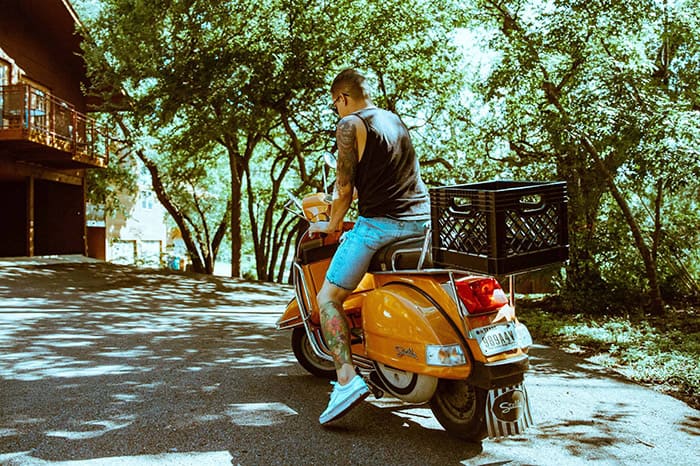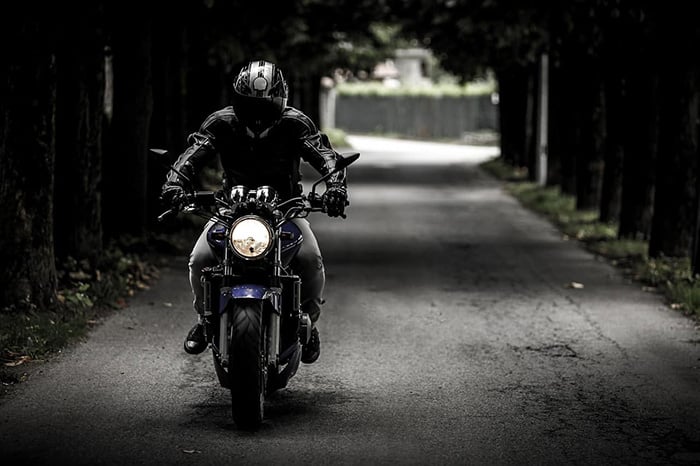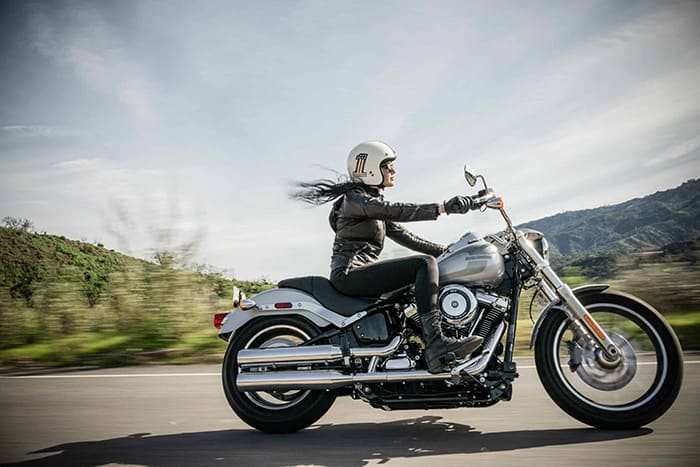Get Ready to Ride: 8 Things to Consider Before Your First Bike Trip

For those who want to experience the thrill of riding a motorbike for the first time, this is the right place. Motorbikes can be an energizing, advantageous and moderate method of transportation, but they also present a number of serious potential risks. To ensure you have a safe and enjoyable ride, here are 8 things you need to know before you begin. From comprehending the nuts and bolts of how to ride and work on a motorbike, to selecting the right bike, rigging and protection and remaining mindful of the dangers on the streets, this guide will assist you with getting ready for your first motorbike ride. So put on your helmet, and we should begin!
Understanding the Basics of How to Ride
To be successful at riding a motorcycle, it is important to understand that it is akin to many other activities, in that it requires practice and patience. It can be helpful to begin with a beginner’s course, provided by a riding school or a certified instructor. This will enable you to gain a better understanding of the basics, such as operating the controls, making turns and navigating through traffic. In addition, you will learn safe riding habits.
To be ready to ride a motorbike, both the rider and the bike need to be properly prepared. As all bikes are different, the steps to get ready may vary. It is essential to learn how to start the bike, change the oil, check the tire pressure, and do any other necessary maintenance to keep the bike in pristine condition. Also remember to wear bright and reflective clothing as it is difficult to be seen on a motorbike.
When selecting a motorbike, it is essential to take into account your competency, the manner of riding and the purpose of the bike. To help you decide which bike is best for you, it’s beneficial to be aware of the various kinds of bikes on the market. This will then enable you to pinpoint which bike is most suitable for your requirements and desires.
- City riding is best suited for smaller scooters, while longer trips require larger standard scooters.
- Short journeys are best with small and mid-size cruisers, while longer trips benefit from touring cruisers.
- Speed rides are better off with sports bikes, while a standard bike is ideal for a longer ride.
- Touring bikes are suitable for extended trips, while sport bikes are more suited for shorter, faster rides.
- Standard bikes are suitable for lengthy rides, however, touring bikes are optimal for extended journeys.
Getting the Right Gear and Insurance
A successful experience requires the right equipment and insurance. Having the proper gear and insurance is vital. Injuries and fatalities resulting from bike accidents are a major problem, so it is essential to be cautious while motorcycling. To ensure your safety while travelling, you should invest in the necessary safety gear and have appropriate insurance coverage.
- Before riding, make sure you have the correct riding gear on. This should include a helmet, gloves, boots and some form of eye protection such as goggles or a shield.
- An excellent helmet is an essential piece of kit that will provide your head with protection in the case of an accident. Select a high-quality helmet that fits snugly on your head.
- Gloves are needed to protect your hands from the weather, debris and possible harm in the event of a crash.
- Boots will help guard your feet and ankles against debris and potential injury.
- Eye protection should be worn to stop particles from getting into your eyes and provide protection in the event of a crash.
Pre-ride Checklist

Before getting on your motorcycle, it is essential to do a thorough examination of it. This will guarantee that the bike is in safe working condition and will help you to identify any issues or probable problems before starting the journey.
- Ensure your tires have proper air pressure, no cuts, and the correct tread.
- Assess your brakes to make sure they are in optimal condition and correctly adjusted.
- Analyze your chain and sprockets to ensure they are lubricated and correctly adjusted.
- You should check your headlights, signals, and brake lights
- Inspect your handlebars and grips to ensure they are secure.
Fueling Up
Before starting your journey, topping up your fuel tank is a smart way to ensure you don’t have to search for a gas station along the way. Make sure the fuel you are putting in is the right octane for your bike and that you don’t overfill. Overfilling the tank can cause gas to leak out and create a mess, so it’s wise to avoid it.
When filling up at the gas station, make sure to turn off the fuel tap entirely to avoid any leaks and clean up any that occur. This is not only helpful for the environment but also for the safety of those around you.
Staying Alert and Aware on the Road
Despite its excitement, riding a motorcycle can present some difficult and risky situations. Those who ride motorcycles face a higher risk of injury than those who drive cars, so it’s important to remain alert and mindful when traveling. Here are a few tips to help you stay safe:
- Keep your attention on what is happening on the road and in your surroundings.
- Use more care while riding in hazardous weather, on slippery surfaces, or when there is a lot of traffic.
- Make sure your clothing is reflective and bright. Also ensure your lights are constantly on.
- Do not touch your phone while riding, even when at a red light.
Practicing Safe and Responsible Riding
When you gain riding experience, you should pay attention to how you ride. Make sure you ride responsibly and safely, especially during the first few months. To ensure your safety, here are some tips to follow when you ride:
- When feeling fatigued, unwell or after drinking/taking drugs, refrain from riding.
- Ensure you have the right gear and be mindful of the conditions on the road.
- Ride below the speed limit and be respectful of other drivers.
- Make sure your bike is always properly maintained.
- Be aware of your surroundings and look out for obstructions.
- Keep a safe distance between you and other vehicles and don’t tailgate.
- Resist the urge to break the law while riding.
Post-ride Checklist

After coming back from your ride, it is essential to conduct a thorough post-ride inspection. This will help detect any problems that may have occurred while riding. For example, a fastener that needs to be tightened or an electrical connection that needs to be reattached. Here are some tips for a successful post-ride check:
- Check the tires for cuts, proper pressure, and whether the tread is worn.
- Check the tire pressure and the tire for any cuts.
- Check the chain and sprockets for wear and tear.
- Check the chain for proper tension.
- Check the chain for tightness and make sure it’s properly lubricated.
- Check the brakes for proper adjustment and operation.
- Check the brakes for damage and make sure they are properly connected.
- Check the grips and handlebars for damage and make sure they are properly connected.
- Check the lights and horn and make sure they are in working order.
Ultimately, there’s no set timeline for when you’ll feel ready to ride a motorcycle. It’s important to follow these steps to help get you prepared for your first bike ride, but ultimately, you’ll know when you’re ready. When you’re ready to take the leap and ride for the first time, remember to stay alert and aware, be patient, follow the rules of the road, and have fun exploring your new mode of transportation. With these tips, you’ll be prepped and ready to ride in no time.
Join Our Riding Community
Get exclusive gear reviews, riding tips, and early access to deals delivered to your inbox.
No spam. Unsubscribe anytime. We respect your privacy.